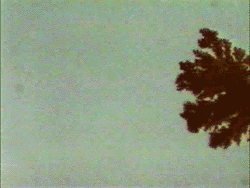
Copper sulfate electrochemical deposition viewed through a microscope
Unit 4
Physical and Chemical Branching Structures

Copper sulfate electrochemical deposition viewed
through a microscope
| Download the printable version of this unit in .pdf format (You must have Adobe Acrobat Reader) | |
Sections:
4.1 - Growing Rough Patterns: Electrodeposition
4.2 - More on Fractal Dimension
4.5 - Why Do Viscous Fingers Branch?
Earlier we noted that "No two coastlines are ever exactly the same; neither are two snowflakes or two lightning bolts. Though two such patterns may have the same overall shape, if you look closely you will see that they differ in the details of their structure. The same is true for other natural fractals as well. Each example is unique¼''
Now we make another observation. If two fractals are of the same class (e.g., two bolts of lightning), they will be somehow similar in appearance to each other.
What is the basis of that similarity? How can we describe, classify, and measure different random fractal patterns in nature? That is the subject of this unit and the activities described on the following pages.
|
|
|
The following set of activities will help you to: (i) describe aggregates and
random fractals; (ii) model the aggregation process by which the structures
grow; and (iii) recognize and measure the basic properties of random fractals.
Previous: 3.10 - Research Projects
Next: 4.1 - Electrodeposition